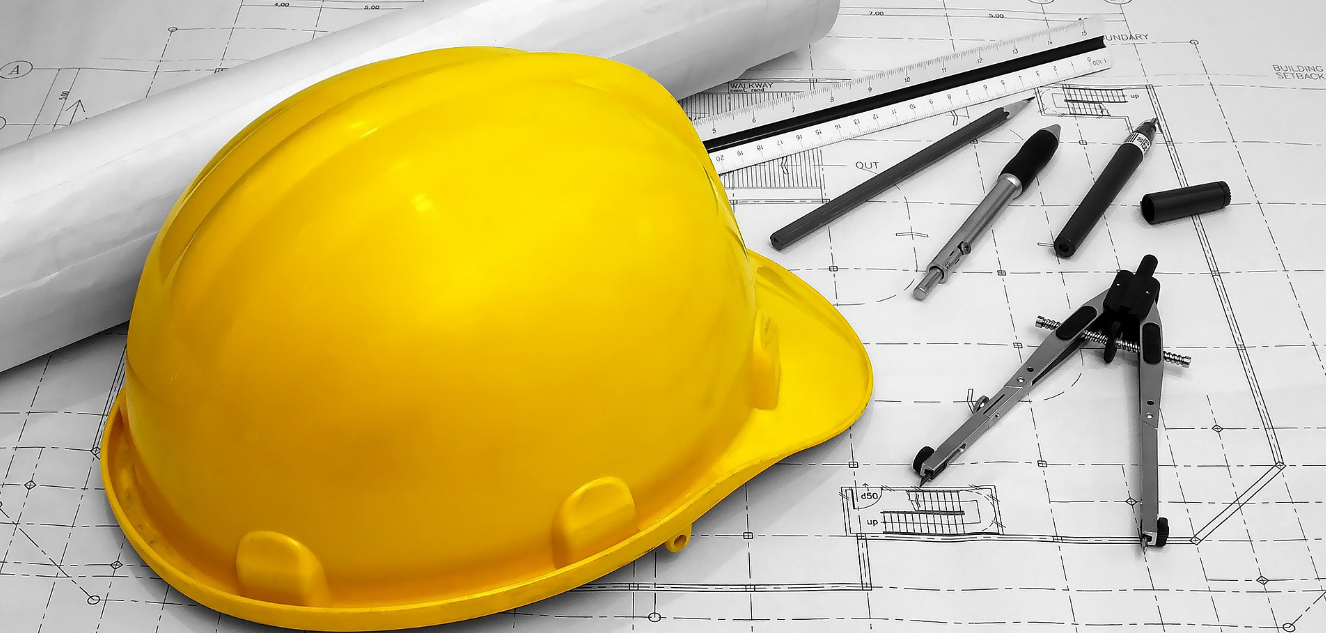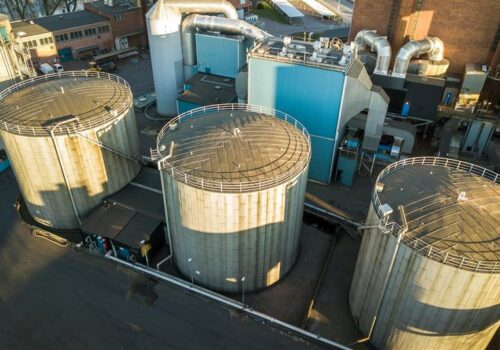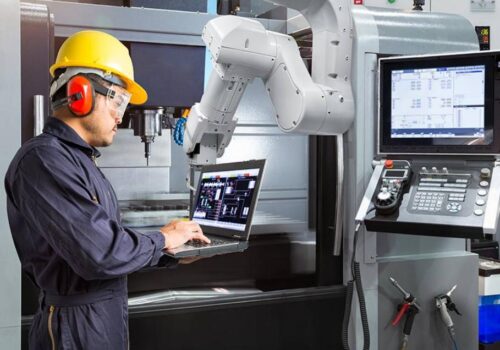The Future of Engineering Services: Trends and Innovations
In a world driven by technological advancements, the landscape of engineering services is undergoing a transformative evolution. The intersection of innovation, sustainability, and efficiency is shaping the future of this dynamic industry. In this blog, we’ll explore the latest engineering services trends and innovations that are poised to redefine the way we approach engineering challenges.
1. Digital Twin Technology:
These services are embracing the concept of digital twin technology, where a virtual replica of physical assets is created. This allows engineers to monitor, analyze, and optimize real-world processes in a virtual environment. The insights gained from digital twins enable more informed decision-making and enhance the overall efficiency of engineering projects.
2. Sustainable Engineering Practices:
As environmental concerns take centre stage, the future of engineering services is increasingly focused on sustainability. From green building designs to eco-friendly manufacturing processes, engineers are incorporating sustainable practices into every facet of their work. This shift towards sustainability not only aligns with global environmental goals but also addresses the growing demand for socially responsible engineering solutions.
3. Artificial Intelligence (AI) and Machine Learning (ML):
AI and ML are revolutionizing engineering services by introducing predictive analytics, automation, and data-driven decision-making. These technologies empower engineers to analyze vast datasets, identify patterns, and optimize processes in real time. From predictive maintenance in manufacturing plants to smart infrastructure monitoring, AI and ML are driving unprecedented efficiency gains.
4. 3D Printing and Additive Manufacturing:
The use of 3D printing and additive manufacturing is expanding the horizons of what is possible in engineering. This innovative approach allows for the creation of intricate and customized components with reduced material waste. From aerospace to healthcare, 3D printing is reshaping industries and providing engineers with new tools to overcome complex challenges.
5. Augmented Reality (AR) in Engineering Design:
AR is finding applications in engineering design and project visualization. Engineers can use Augmented Reality to overlay digital models onto physical environments, facilitating collaborative design processes and providing a more immersive understanding of project outcomes. This technology enhances communication, reduces errors, and accelerates the design phase of engineering projects.
Conclusion
In conclusion, the future of engineering services is marked by a synergy of cutting-edge technologies and a commitment to sustainable and responsible practices. As we navigate this era of rapid innovation, engineers are at the forefront of creating solutions that not only meet today’s challenges but also pave the way for a more sustainable and efficient future.





